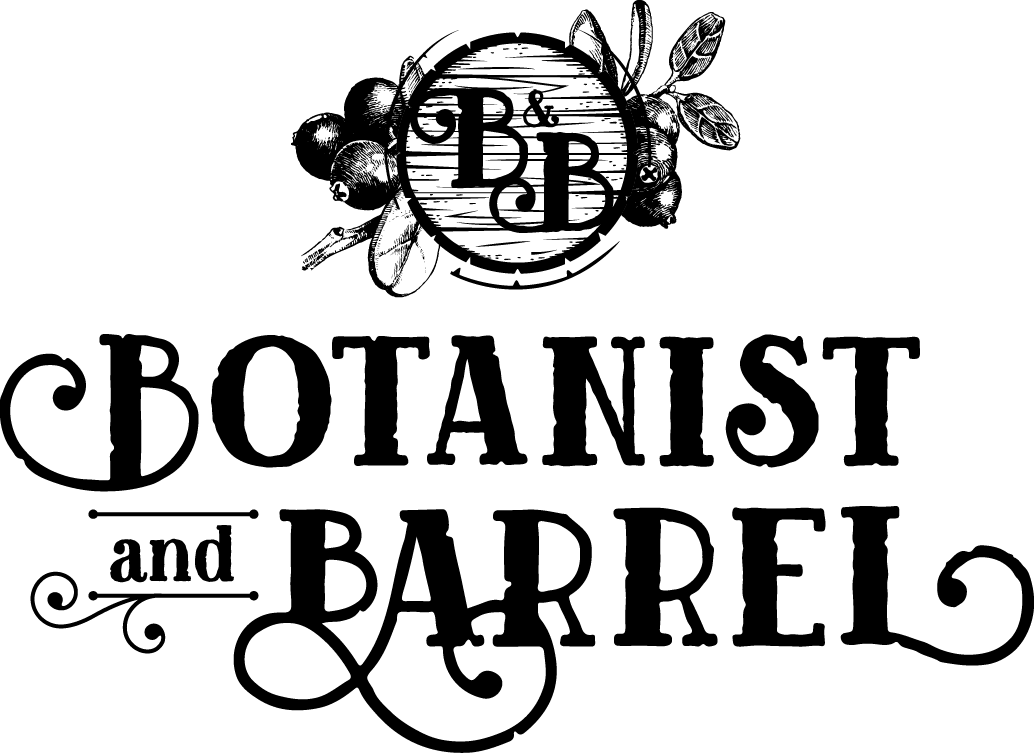Why Orchardists Weigh Down Tree Branches: The Science Behind a Time-Tested Trick
If you’ve ever walked through a working orchard and noticed branches tied down or weighed with small sacks or wooden spacers, you might wonder: what’s the purpose? Is it aesthetic? About structure? Or is it something more?
Turns out, this age-old technique taps directly into plant physiology — manipulating hormone pathways to signal a tree to shift from vegetative growth to reproductive mode. In simpler terms: bending a branch can convince a tree to make fruit instead of more leaves.
Here’s how it works.
Upright vs. Horizontal: Hormones Tell the Story
At the heart of this strategy are plant hormones, primarily auxins and cytokinins.
Auxins (particularly indole-3-acetic acid or IAA) are growth hormones produced in the shoot tips and transported downward. In vertical, upward-growing branches, auxins are concentrated and promote apical dominance — which encourages leaf and shoot growth, but inhibits lateral bud development (i.e., fruiting buds).
When a branch is bent or trained to grow more horizontally, the concentration and flow of auxins changes. Gravity plays a role here too — it disrupts the uniform transport of auxins, lowering their dominance and allowing other hormones, like cytokinins, to rise.
Cytokinins — produced primarily in the roots — now have an opportunity to promote cell division in lateral buds, which supports flower and fruit development.
In short:
Upright branch = more vegetative growth
Horizontal branch = more reproductive growth (aka: fruit!)
The Practical Benefits of Branch Bending
So what happens when we mimic this naturally with weights, clips, or tying methods?
✅ Increased Fruit Bud Formation
Branches bent to a 45–60° angle often show higher rates of fruit bud development, especially in apples, pears, peaches, and plums.
✅ Improved Light Penetration
A wider canopy opens the tree’s center, improving light distribution — which supports better fruit color and flavor development.
✅ Stronger Branch Architecture
Fruit grown on wide-angled branches is less likely to cause breakage under weight. This not only protects the tree but supports heavier, healthier yields.
✅ Reduced Need for Pruning
By controlling vegetative growth through branch positioning, you reduce the energy wasted on non-productive shoots — saving labor and improving efficiency.
When and How to Do It
Most growers train their trees in the first 2–5 years of life, while the wood is still flexible. Weights can be hung in late spring or early summer (once branches have begun to elongate), and training is often fine-tuned each season to shape the tree for balance and productivity.
Some common methods:
Hanging soft weights (like small sandbags or water bottles)
Using clothespins or clips to reposition shoots
Tying branches down with twine to stakes or the trunk
Care is needed to avoid over-bending, which can cause breakage or stress — especially in brittle or mature wood.
Final Thoughts
This simple act of adjusting a branch’s angle is one of the most powerful (and inexpensive) tools an orchardist has. It’s a direct line into the tree’s internal communication system — a biological nudge that says: “Hey, stop growing leaves. It’s time to make fruit.”
Whether you’re managing an acre or just a backyard tree, a little bend today really can mean a whole lot of apples tomorrow.
Further Reading / References:
Basile, B., & Marini, R. P. (2000). The effect of branch orientation on shoot growth, flowering, and fruiting of peach trees. HortScience, 35(4), 659–661.
Grewal, H. S., & Gill, M. I. S. (1992). Effect of shoot orientation on the induction of flowering in Kinnow mandarin. Indian Journal of Horticulture.
Taiz, L., Zeiger, E., Møller, I. M., & Murphy, A. (2015). Plant Physiology and Development (6th ed.). Sinauer Associates.
